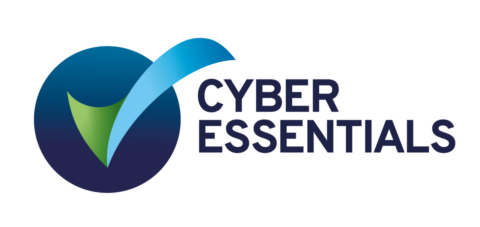
How Speculo can help you
Why Speculo
Speculo provides highly effective consultancy expertise through a flexible, hourly consumption and billing model.
Speculo’s IT transformation, security and project management services can be provided as a flexible resource, for a defined project, or as-a-Service.
0
0
0

Trusted by
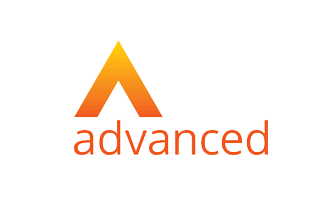
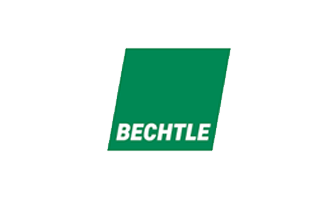
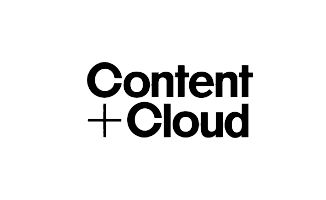
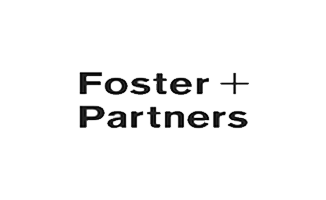
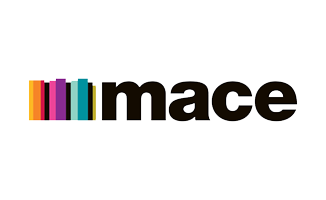

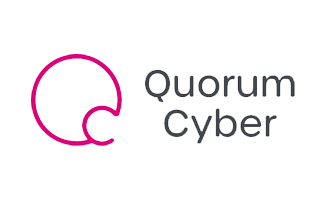
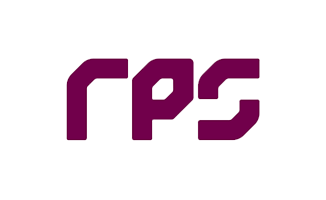
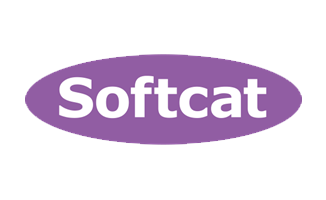
Speculo are a partner I can trust and rely upon to continually deliver high quality services through an attractive and cost-effective consumption model.
John Parker
ITO Services Director, Advanced
Speculo deliver high quality services with expert resources and exceptional client management . All in all, the Speculo team are a blueprint of what a true partner should be.
Helen Gidney
Head of Solution Design, Softcat
Softcat need partners that are exceptionally credible and a very safe pair of hands. Speculo meet these criteria and continue to provide high quality services.
Carola Van Der Sommen
Head of Service Delivery, Softcat
To be able to call upon a trusted partner to provide additional resources when demand for our own teams is high as been incredibly beneficial. Particularly when they fit seamlessly into our processes and procedures.
Jamie Nicholson
Group Transformation Director, C+C
Within two weeks of engaging Speculo we had seen more improvement in our PMO function than in the two quarters prior.
Federico Charosky
CEO, Quorum Cyber
The Speculo team continue to provide experienced resources with an exceptional level of expertise, knowledge and skill.
Danny Quinn
Managing Director, DataVita
We find the commercial models offered by Speculo particularly attractive. Being able to deploy highly skilled resources on a pay-as-you-go model is really appealing.
Mike Lloyd
Sales Director, NG-IT
REQUEST A CALL BACK
